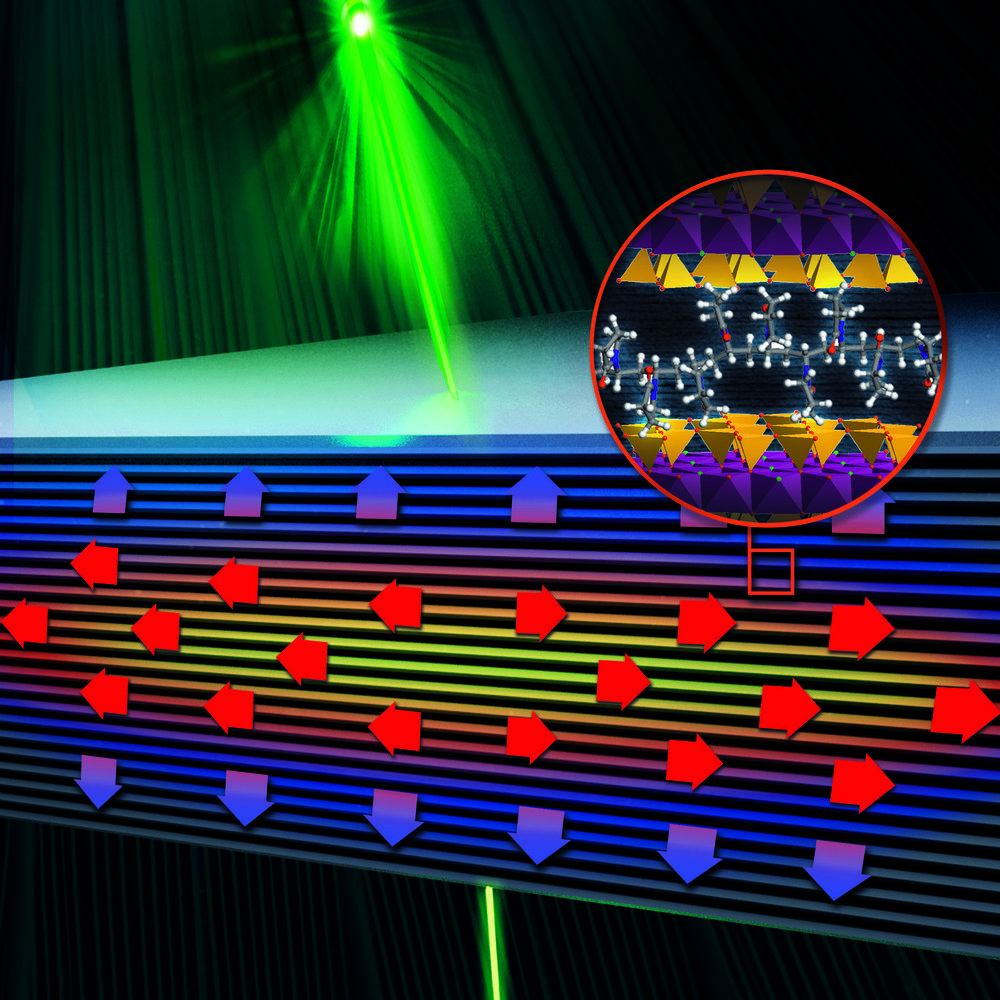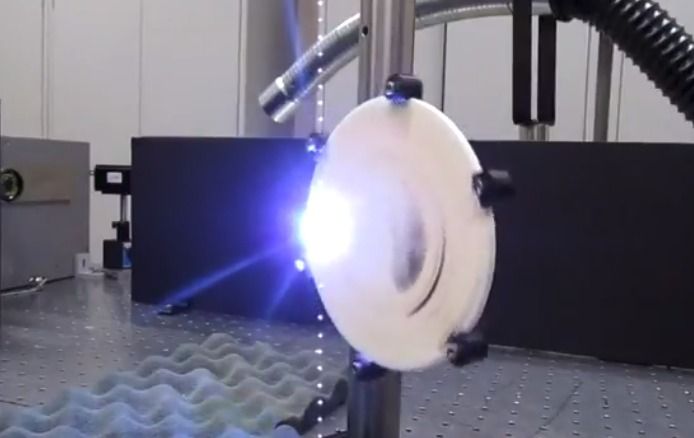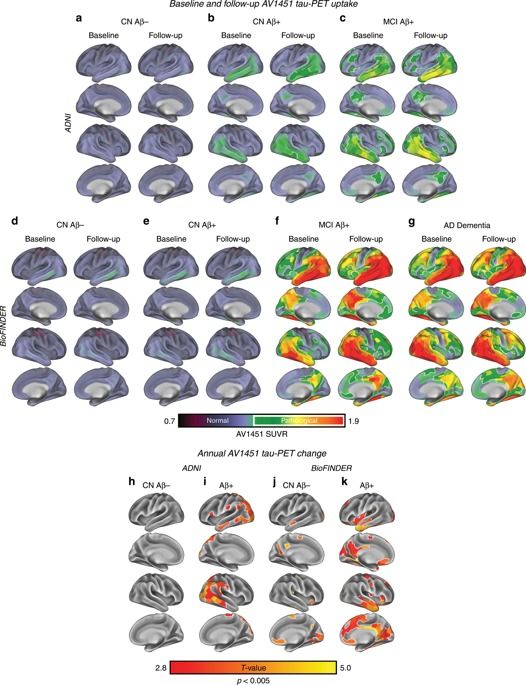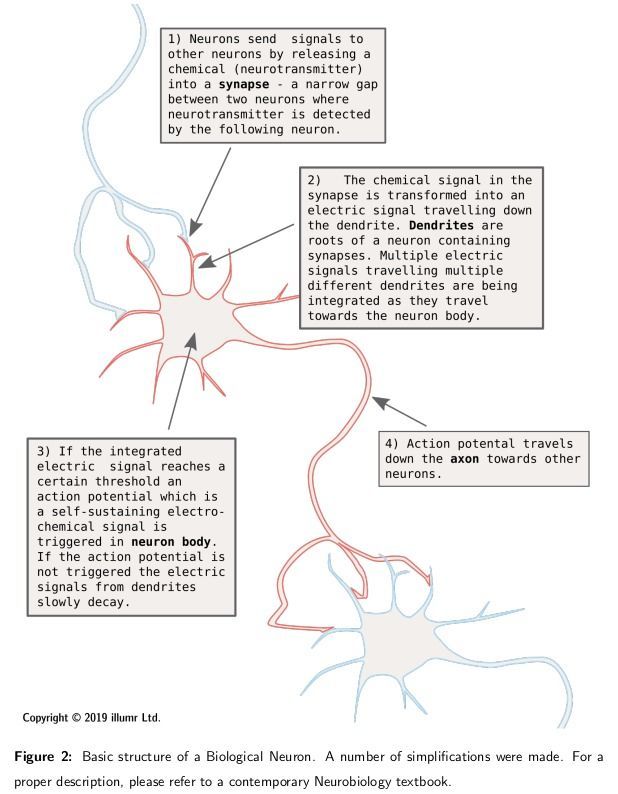
Get the latest international news and world events from around the world.


Material developed which is heat-insulating and heat-conducting at the same time
Styrofoam or copper—both materials have very different properties with regard to their ability to conduct heat. Scientists at the Max Planck Institute for Polymer Research (MPI-P) in Mainz and the University of Bayreuth have now jointly developed and characterized a novel, extremely thin and transparent material that has different thermal conduction properties depending on the direction. While it can conduct heat extremely well in one direction, it shows good thermal insulation in the other direction.
Thermal insulation and thermal conduction play a crucial role in our everyday lives—from computer processors, where it is important to dissipate heat as quickly as possible, to houses, where good insulation is essential for energy costs. Often extremely light, porous materials such as polystyrene are used for insulation, while heavy materials such as metals are used for heat dissipation. A newly developed material, which scientists at the MPI-P have jointly developed and characterized with the University of Bayreuth, can now combine both properties.
The material consists of alternating layers of wafer-thin glass plates between which individual polymer chains are inserted. “In principle, our material produced in this way corresponds to the principle of double glazing,” says Markus Retsch, Professor at the University of Bayreuth. “It only shows the difference that we not only have two layers, but hundreds.”

How To Hack A Human Brain | VICE on HBO
Advancements in neurotechnology are blurring the line between biology and technology. There is an emerging push to implant electronic devices inside the human body, hardwire them to our brains, and allow us to not only overcome disadvantages or injury but open up entirely new avenues of human experience.
VICE’s Thomas Morton got an inside look at what might be the next evolutionary step for humankind.
Check out VICE News for more: http://vicenews.com
Follow VICE News here:
Facebook: https://www.facebook.com/vicenews
Twitter: https://twitter.com/vicenews
Tumblr: http://vicenews.tumblr.com/
Instagram: http://instagram.com/vicenews
More videos from the VICE network: https://www.fb.com/vicevideo
#VICEonHBO
Not sure how old this video is
Not sure how old this video is. But, Very impressive if it is able to grab random objects at these speeds; although i suspect it needed a lot of training before.
This handy #roboticarm can be trained to catch practically anything. 🤖 💪
Looking for a job in AI & Machine Learning. Follow us for more updates or visit: https://aijobs.com/
#aijobs #artificialintelligence #datascience #robots #ai #IoT #AIoT #deeplearning #robotics #tecnologia #cybersecurity #aiskills #artificialintelligenceai #machinelearning #machinelearningalgorithms #futuretechnology #ML #computerengineer #codinglife #coding #programmerlife #VR #technologies #techie


7 rules to reduce your risk of Alzheimer’s and keep your brain healthy
This article is reprinted by permission from NextAvenue.org.
During the last Alzheimer’s disease support meeting I attended at my mother’s assisted living center, I sheepishly asked if anyone else was worried about their own risk for the disease.
A lot of hands went up.

